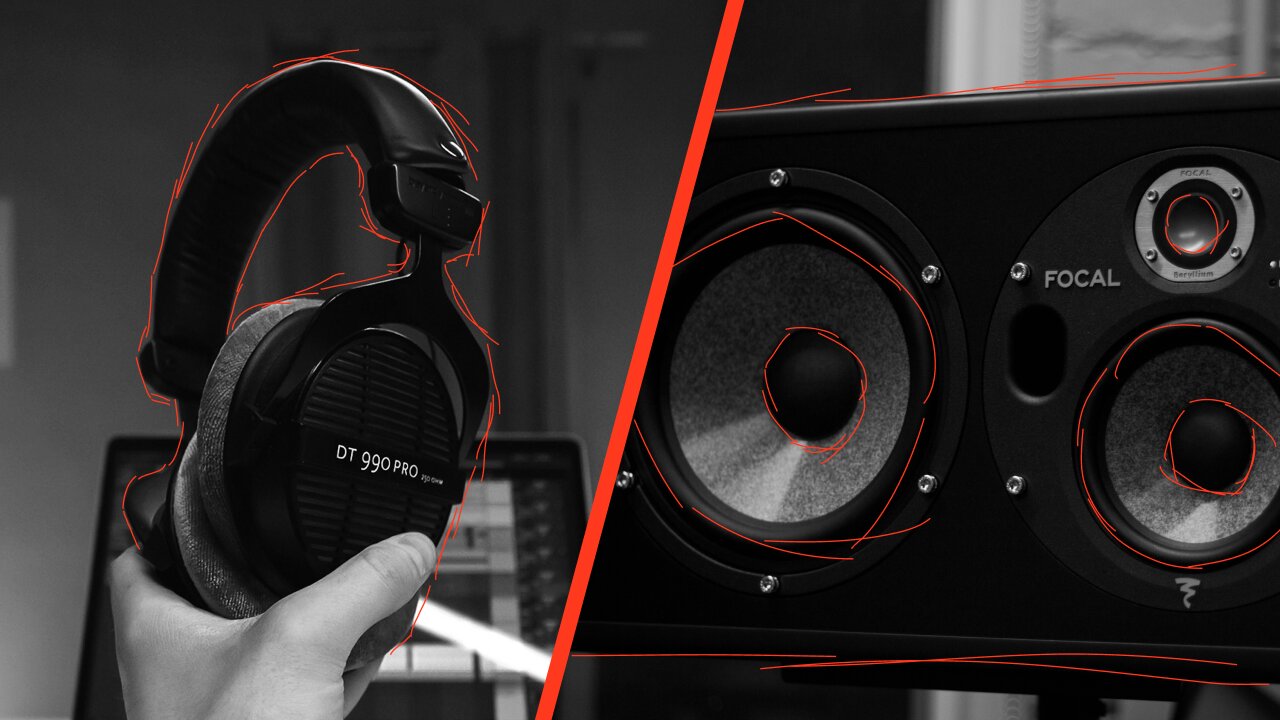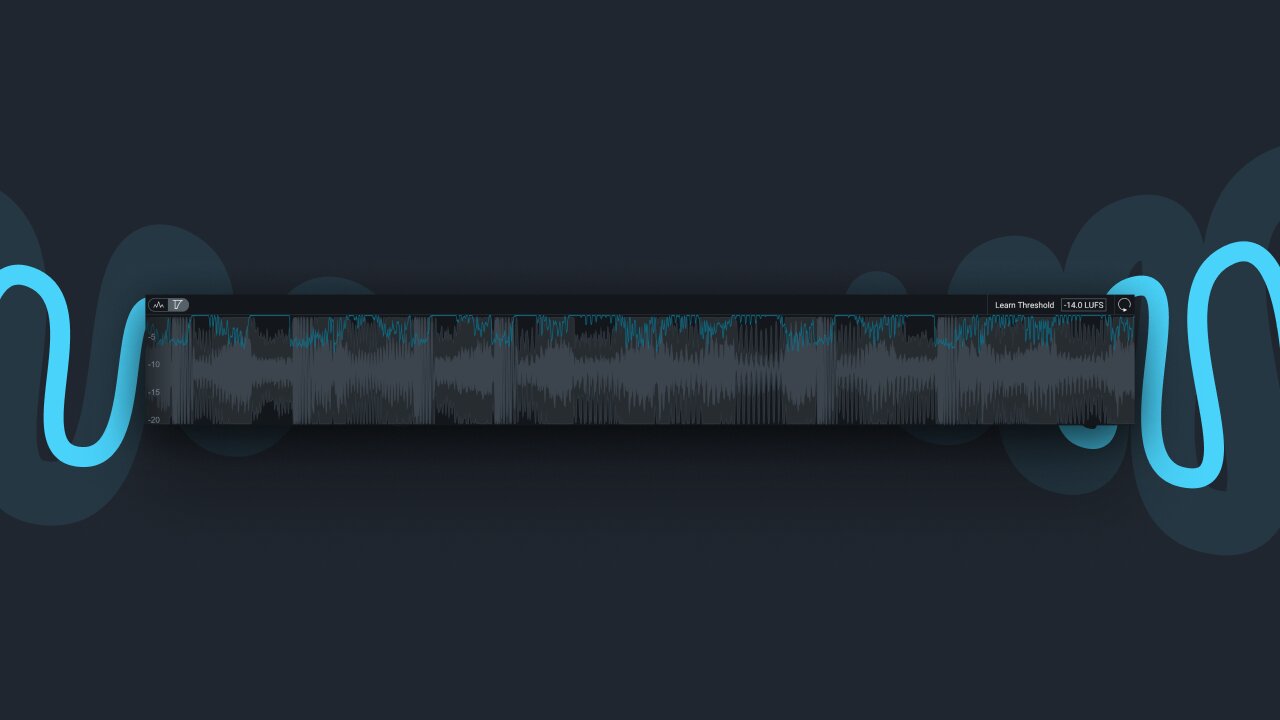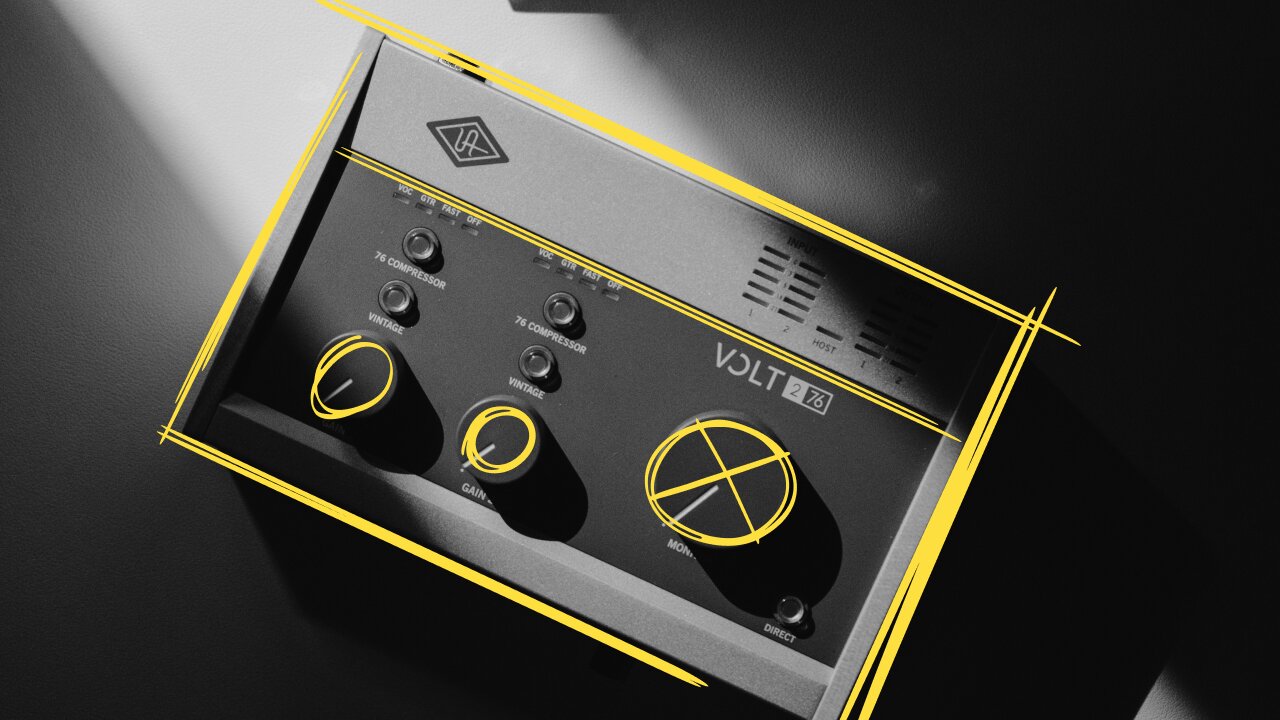How to make your drums sound better (5 tips)
Wanna know how to make your drums sound better than ever? Dive into our essential tips and unlock the secrets to enhancing your drums with ease.
Are you ready to take your drums to the next level? In this blog post, we will go over five essential tips that will make your drums sound better. Whether you’re a beginner or a seasoned professional, these tips are guaranteed to give your tracks the punch and energy they deserve.
Jump to section:
- Start with high-quality samples.
- Layer your drum samples.
- Apply compression for punch and control.
- Utilize transient shapers for added impact.
- Pay attention to stereo width and panning.
1. Start with high-quality samples.
This might sound obvious, but you’d be surprised how many producers unknowingly use weak samples. So to make your drums sound better, using high-quality samples is the essential first step.
Identifying weaker samples heavily depends on how many years of production experience you have. For example, a seasoned professional can filter out bad samples on the first listen. At the same time, a beginner might consider them totally fine.
Here’s a trick: Browse through samples in the context of your full mix. For example, you produced a fire drop and want to add or replace your kick drum. Instead of opening your kicks folder and blindly clicking through the samples looking for the right kick, play your drop and add the kicks to your mix while playing it. This way, it’s much easier to identify samples that may be too weak, too punchy, too boomy, etc.
We actually make some of the best FREE sample packs that you’ll find on the internet. We cover a wide range of top-notch drum samples for music producers, including an incredible selection of free high-quality drums. So if you struggle with finding high-quality samples, grab our FREE sample packs below.
2. Layer your drum samples.
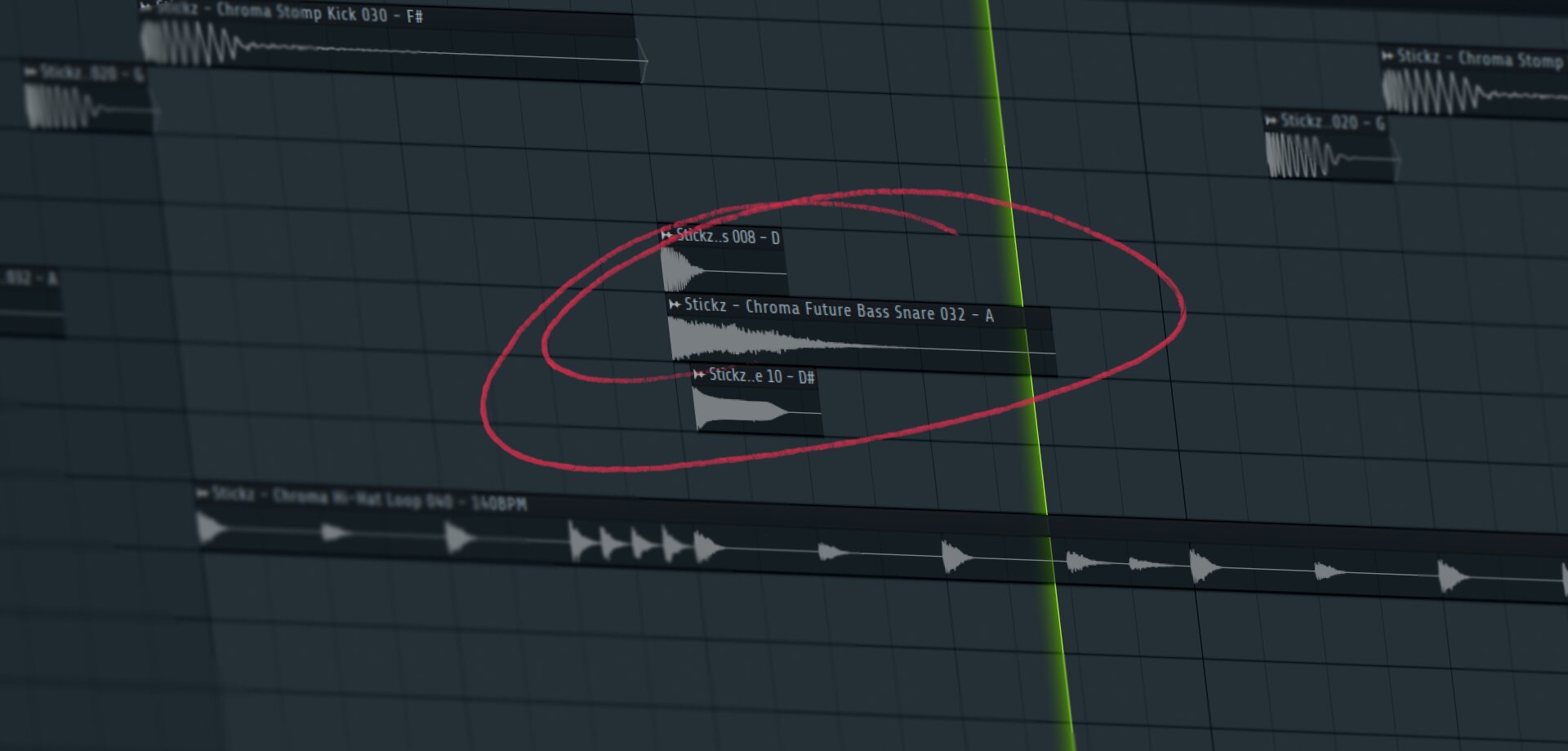
Layering drum samples can add depth, character, and impact to make your drums sound better. It’s also the easiest way to take generic drum samples and make them sound more unique.
Important: Always try combining different samples that complement each other, such as a low and tonal snare with a punchy and bright snare. There’s no point in layering two already bright snares with each other.
When layering, adjust the volume, envelope, and tuning of each layer to create a cohesive and balanced drum sound. Also, if necessary, EQ your layers to ensure they only take up the frequency space they need.
Going back to the point of making your drums more unique — layering is also where you can be creative. For example, if your clap needs to be a little brighter, why not take a crash sample, pitch it up, and blend it in with the clap? Or add a short and punchy percussion sample to your snare for extra snap instead of using another generic snare. The possibilities are endless.
3. Apply compression for punch and control.
Compression can add punch and control to your drum sounds by controlling the dynamics and emphasizing the attack. Use a fast attack time and a moderate release time to enhance the transient response of your drums, and adjust the threshold and ratio settings to achieve the desired amount of compression.
While adding compression to your individual drums can already be a big help, grouping your drums and compressing them together can also effectively glue your drums together. Especially parallel compression can effectively add weight and energy to your drums without overcompressing them.
Note: While compression can help make your drums sound better, it won’t magically fix your weak or poorly layered drums.
4. Utilize transient shapers for added impact.
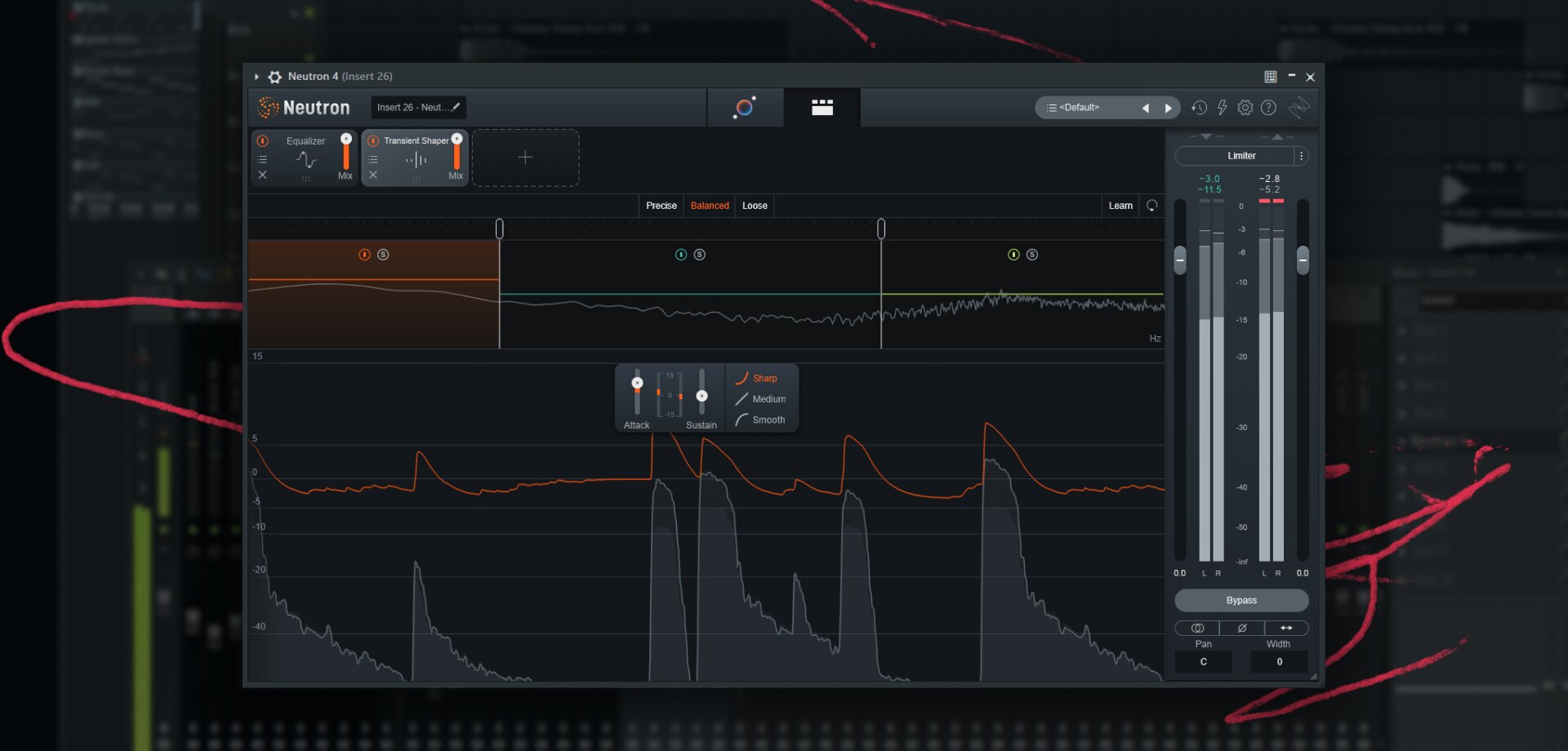
Transient shapers are a powerful tool for controlling the attack and sustain of your samples, allowing you to make your drums sound better, tighter, punchier, or more aggressive.
While you can already take care of this during the compression stage, using a transient shaper can give you even more impact, if necessary, or more precise control over the dynamics.
Experiment with different transient shaping plugins to find the one that best suits your needs and enhances the character of your drum sounds. If your DAW doesn’t already come with a stock transient shaper plugin, we recommend the FREE transient shaper “T-Puncher” by Techivation.
But note that not every drum sound in your mix must be punchy. So be careful not to overuse it. Also, avoid using the transient shaper just to have used it. If your drums are already punchy, it’s best to leave it out.
Our recommendation: To control dynamics, use a compressor on group or bus channels and a transient shaper on individual drum sounds.
5. Pay attention to stereo width and panning.
Panning and stereo width can significantly impact the perception of your drums in the mix. In addition, panning can create a much-needed sense of space and depth.
When producing EDM or other genres that sound “brighter”, it’s important to remember that most instruments in your mix, like your bass, chords, vocals, and leads, often all have high frequencies. If you then add your bright cymbals, hi-hats, and percussion on top of that, you can quickly end up with a mix that’s too sharp – or even worse, end up with weak drums that don’t punch through the mix and don’t deliver the energy they should.
To avoid that and make your drums sound better, use panning, stereo widening plugins, or mid-side EQ to control the stereo image of your drum elements and space things out a little. Ensure they don’t clash with other instruments in the mix.
Bonus tip: Keep the “focus” element more centered. For example, if you have a drop with a bright lead synth that you want the listener to focus on, keep it more in the center. Other bright drums, like hi-hats or cymbals that are just there in the background to add rhythm and energy, can be put to the sides to make space for the focus element.
Conclusion
There you have it — five powerhouse tips that are essential to make your drums sound better and more professional.
Remember, the secret sauce to powerful drums is using top-notch samples to set you off for a good start, carefully layering them if necessary, and applying the correct processing to shape and position them in your mix.
Keep experimenting and refining your techniques. Like many other music production skills, “drums” is something you really get better at over the long run the more you do them.



